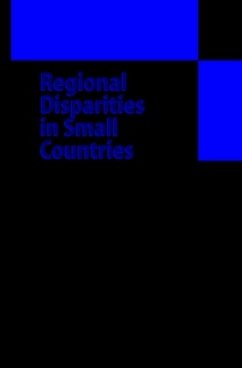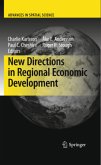1 2 Daniel Felsenstein and Boris A. Portnov 1 Department of Geography, Hebrew University of Jerusalem, Israel 2 Department of Natural Resources and Environmental Management, University of Haifa, Israel During the Candiot War of 1645-1669, the Ottoman Sultan Ibrahim I ordered his chief admiral to attack Malta. Fearing imminent defeat by the superior Venetian forces stationed on the island, the admiral decided to trick the sultan out of the idea. As the story goes, he placed a candle on his naval map, allowing the wax to drip on the tiny island until it was completely covered. Then he exclaimed in false surprise, "Malta Yok!" (There is no Malta!), and convinced the sultan to sail his fleet to the Island of Crete instead. Although Malta is not featured in this volume, most of the countries it covers are of "wax drip" size. Intuitively, it may be expected that everything in small countries is diminutive: distances, population, economies, and even regional inequalities. Thus, at a symposium on "The Challenge of Development" convened in Israel in 1957 to mark the inauguration of a new building for the Department of Economics at the Hebrew University of Jerusalem, the eminent US economist Simon Kuznets stated that "developed small states seem to have succeeded in spreading the fruits of economic growth more widely among their populations than the larger states at comparable levels of income per capita".
From the reviews: "This volume revisits the common conception that countries characterized by small land area and small population sizes do not exhibit significant regional inequalities. ... Together, these chapters convincingly demonstrate that small countries do not seem to have significantly small regional gaps than large ones, and inequalities are shown to have increased over time. ... The book is recommended to any scholar studying spatial inequalities ... peace researchers interested in the inequality-conflict nexus." (Gudrun Østby, Journal of Peace, Vol. 43 (5), 2006) "All in all, the book stands out from many other edited volumes by being clearly focused on one particular topic, rather than being a collection of loosely related individual papers. This makes for an exciting and inspiring reading for geographical economists. Small countries-in the definition of Felsenstein and Portnov-do not appear to be much different from large countries when it comes to regional disparities."(Jens Suedekum, Journal of Regional Science, Vol. 46 (5), 2006)








